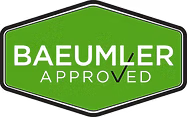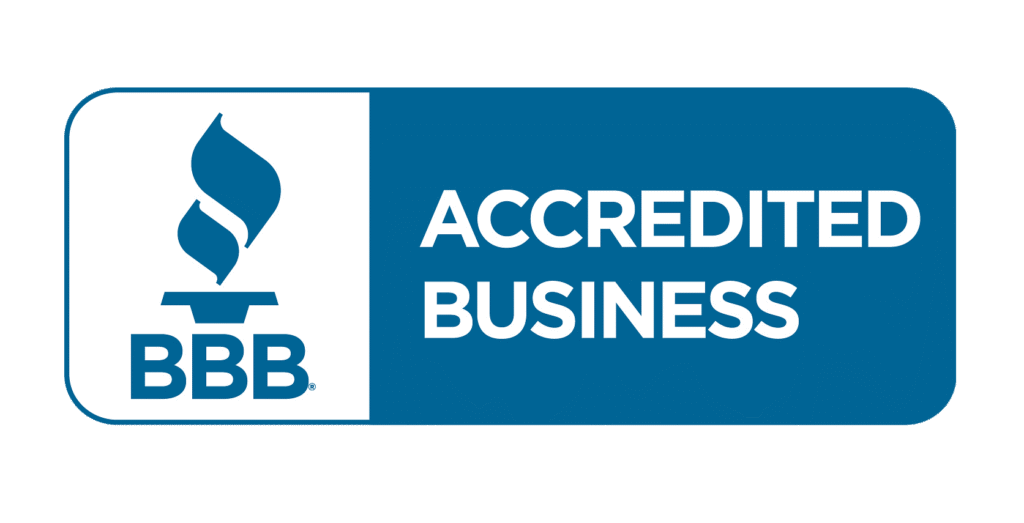Mold infestations are not just unpleasant to look at; they can harm your health and weaken your property’s structure. In Thornhill, Ontario, the area’s humidity and moisture make homes and businesses at risk for quick mold growth. That’s why timely, professional mold removal in Thornhill is essential for maintaining a safe, healthy indoor environment.
This guide will cover what you need to know about mold remediation services in Thornhill. We will discuss early signs of mold, common causes, preventive tips, and when to call certified professionals.
If you are a homeowner with mold problems or a property manager wanting to stop future issues, act now. This can save you time, money, and health problems. Don’t wait until the problem worsens—learn how to eliminate mold at its source and safeguard your space year-round.
Understanding Mold: What You Need to Know
Mold is a type of fungus that thrives in damp, warm environments. It reproduces through tiny spores that can easily become airborne, making it a common issue in many households. While some molds are harmless, others can produce allergens and toxins that may lead to serious health problems.
Types of Mold
- Allergenic Mold: This type can cause allergic reactions in sensitive individuals. Common examples include Cladosporium and Penicillium.
- Pathogenic Mold: This mold can cause infections in individuals with weakened immune systems. Aspergillus is a notable example.
- Toxigenic Mold: This type produces toxins that can be harmful to health. Stachybotrys chartarum, commonly known as black mold, falls into this category.
Health Risks Associated with Mold
Mold exposure can lead to various health issues, including:
- Respiratory problems such as asthma and bronchitis
- Allergic reactions, including sneezing and skin rashes
- Fatigue and headaches
- Long-term exposure may lead to more severe health complications
Understanding these risks emphasizes the importance of timely Thornhill mould removal and remediation.
Identifying Mold in Your Home
Recognizing the signs of mold growth is the first step in addressing the issue. Mold often hides from view, so homeowners should remain vigilant.
Common Signs of Mold Infestation
- Visible Mold Growth: Check for dark spots or patches on walls, ceilings, and floors. Pay attention to damp areas like bathrooms and basements.
- Musty Odour: A persistent, earthy smell can indicate mold presence, even if it’s not visible.
- Water Damage: Signs of water leaks or damage can create an ideal environment for mold growth.
Areas Prone to Mold Growth
Certain areas in your home are more susceptible to mold because of moisture levels:
- Bathrooms: High humidity from showers and baths can lead to mold growth.
- Kitchens: Spills and leaks can create damp conditions.
- Basements and Crawl Spaces: Poor ventilation and excess moisture make these areas prime locations for mold.
The Importance of Professional Mold Removal Thornhill
While some homeowners may attempt DIY mold removal, professional services are often necessary for effective remediation. Professionals have the training, equipment, and expertise to handle mold safely and efficiently.
Benefits of Hiring Experts
- Thorough Inspection: Professionals conduct comprehensive inspections to identify the extent of the mold problem.
- Effective Remediation: They use specialized equipment and techniques to remove mold and prevent future growth.
- Health and Safety: Professionals follow safety rules to protect themselves and the people in the home during removal.
Choosing the Right Mold Removal Company
When selecting a Woodbridge mold removal service in Thornhill, consider the following:
- Certifications: Ensure the company is certified by relevant organizations, such as the IICRC (Institute of Inspection, Cleaning and Restoration Certification).
- Experience: Look for companies with a proven track record in mold remediation.
- Customer Reviews: Check online reviews and testimonials to gauge customer satisfaction.
The Thornhill Mold Removal Process
Understanding the mold removal process can help homeowners know what to expect when hiring professionals.
Step 1: Professional Mold Inspection Thornhill
The process begins with a thorough inspection of the property. Professionals will assess the extent of the mold growth and identify the source of moisture contributing to the problem.
Step 2: Containment
To prevent the spread of mold spores during removal, workers contain the affected area. This may involve sealing off the area with plastic sheeting and using negative air pressure machines.
Step 3: Mold Removal Thornhill
Using specialized tools and techniques, professionals will remove the mold from surfaces. This may include scrubbing, sanding, or using chemical treatments.
Step 4: Cleaning and Disinfection
After mold removal, the area is cleaned and sanitized to eliminate any remaining spores. This step is crucial for ensuring the space is safe for occupancy.
Step 5: Water Damage Restoration
After removing the mold and cleaning the area, you may need to fix or replace any damaged materials. This could involve drywall replacement, painting, or other restoration work.
Preventing Future Mold Growth
After addressing an existing mold problem, it’s essential to take steps to prevent future infestations.
Control Humidity Levels
Maintaining indoor humidity levels below 50% can significantly reduce the likelihood of mold growth. Consider using dehumidifiers in damp areas and ensuring proper ventilation throughout the home.
Regular Inspections
Conducting regular inspections of areas prone to mold can help catch issues early. Look for signs of water damage and address leaks promptly.
Proper Ventilation
Ensure that bathrooms, kitchens, and laundry rooms are well-ventilated. Use exhaust fans to help reduce moisture levels in these areas.
The Role of Air Quality Testing Thornhill
Air quality testing is an essential component of mold remediation. It helps determine the presence of mold spores in the air and assesses the overall air quality in your home.
When to Consider Air Quality Testing
- After mold removal to ensure the area is safe for occupancy
- If you experience unexplained health issues that may be related to mold exposure
- When purchasing a new home to assess potential mould problems
What to Expect from Air Quality Testing
A professional will collect air samples and send them to a laboratory for analyzing. The results will show the presence of mold spores and will help determine if we need to take further action.
Understanding Professional Thornhill Mold Remediation Costs
The cost of Thornhill mold removal can vary a lot. It depends on several factors. These factors include how bad the infestation is, where the mold is located, and how we remove it.
Factors Influencing Costs
- Extent of Mold Growth: Larger infestations will typically require more time and resources to remediate.
- Location: Mold in hard-to-reach areas, such as attics or crawl spaces, may increase labor costs.
- Restoration Needs: If you need significant repairs after mold removal, you will add to the overall cost.
Average Cost Estimates
Homeowners can expect to pay between $500 and $6,000 for mold removal in Thornhill. The cost depends on several factors like the intensity, the area contaminated, the size of mold, whether or not it is black toxic mold, etc.








